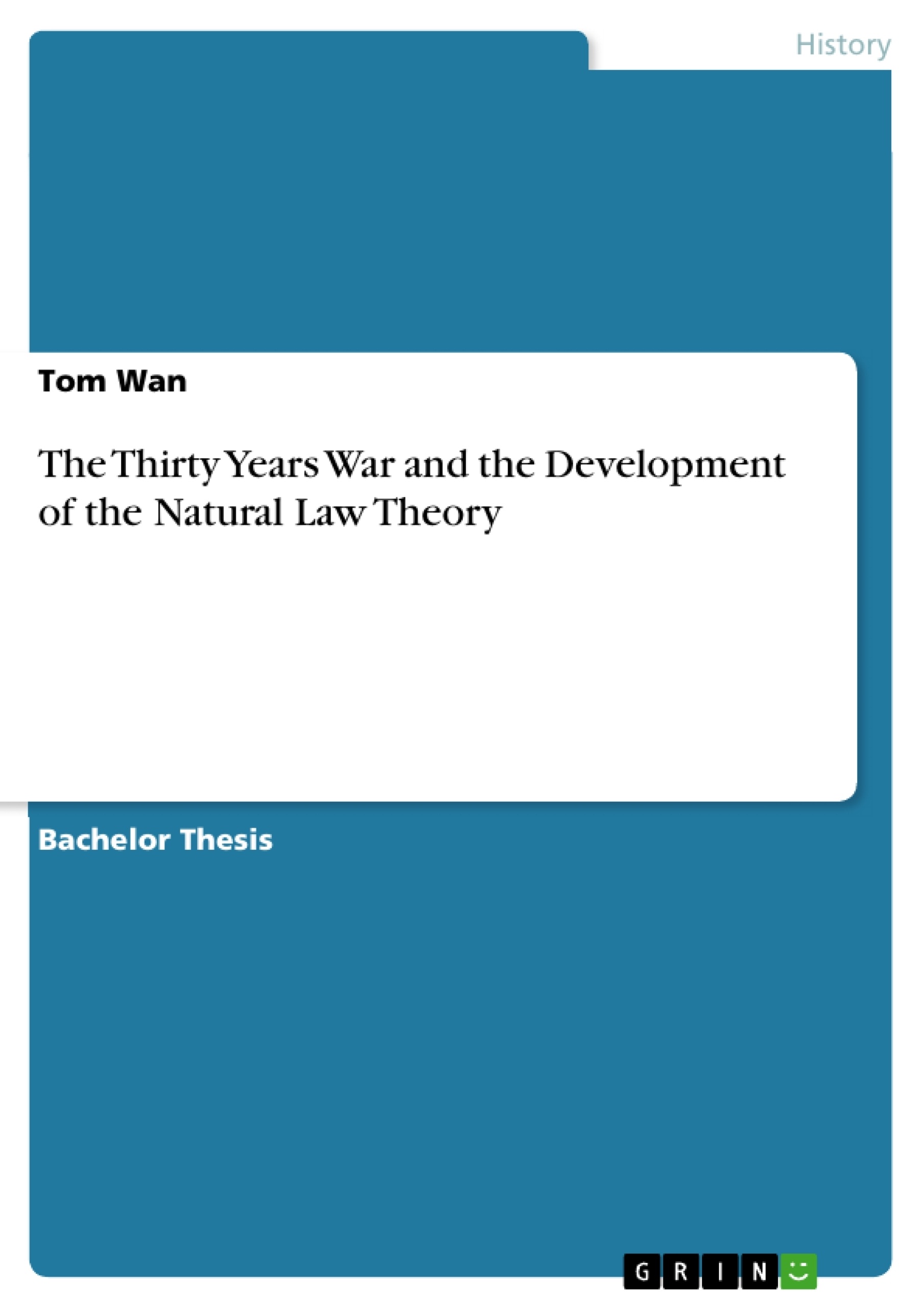The Thirty Years War embodied the impact of Protestantism to the peculiar route of state development of the Empire and subsequently the peculiarity of the development of political theories from the example of the Empire. The War was the last of a violent wave of political reforms which rode on the tide of ecclesiastical reformation: a tide which ravaged Europe since Martin Luther. The German Reformation was both an ideological and political movement that pitted the Protestant against the Catholics including the Emperor. It was pacified in mid 16th century but restarted and escalated during the Thirty Years War. Like the conflict of the 1540’s in the Empire and late 16th century Europe, the War was partly a political struggle between territorialism and central power – in this case between the Protestant princes and the Holy Roman Emperor.
Parallel to the center-peripheral struggle, as both the provincial Protestants and the Emperor’s adherents were equipped with exclusive moral philosophies, it cleaved two irreconcilable and mutually suspicious factions within the Constitution. Thus the end of the war there breeds a secular political innovation, a middle way comprises of both Protestants and Catholics without ecclesiastical conflicts that need to be resolved outside of the legal institution, under a Catholic theocracy which was a fundamentally exclusive federation before 1648. The peculiarity of the Thirty Years War to continental Europe was that, its outcome the Peace of Westphalia, unlike the other religious edicts, has not only shattered the ambiguity of a medieval feudal-theocratic structure that was the Imperial Constitution; it has also rejuvenated the Holy Roman Empire’s unity from within its peculiar medieval structure.
The old feudal representative structure embedded in the Constitution was furthered and therefore spared the Empire’s need to eliminate, but to include the Protestant opposition in a German federation. This development inspired legal political theorists such as Samuel Pufendorf and statesmen to envision rational, defined states based on the hitherto model of the Empire, a quasi-secular legal system. Thus, the implication of the Peace was both political and philosophical: first it reformed and consolidated Imperial structure; secondly it implied a separate model distinguished from the rest Western Europe for contemporary political philosophers concerning with how the state should behave morally.
Content List
Introduction
Chapter 1: the German Reformation and the origins of the Thirty Years War in the Holy Roman Empire
Chapter 2: the peculiarity of the Thirty Years War to the Holy Roman Empire, and the rest of Europe
Chapter 3: The Impact of the Post-Westphalia Empire to Political Theorists
Conclusion
Bibliography
- Quote paper
- Tom Wan (Author), 2011, The Thirty Years War and the Development of the Natural Law Theory, Munich, GRIN Verlag, https://www.grin.com/document/341403
-

-

-

-
Upload your own papers! Earn money and win an iPhone X. -

-
Upload your own papers! Earn money and win an iPhone X. -

-
Upload your own papers! Earn money and win an iPhone X. -

-
Upload your own papers! Earn money and win an iPhone X. -

-
Upload your own papers! Earn money and win an iPhone X. -

-
Upload your own papers! Earn money and win an iPhone X. -

-
Upload your own papers! Earn money and win an iPhone X. -

-
Upload your own papers! Earn money and win an iPhone X. -

-
Upload your own papers! Earn money and win an iPhone X. -

-
Upload your own papers! Earn money and win an iPhone X. -

-
Upload your own papers! Earn money and win an iPhone X.

